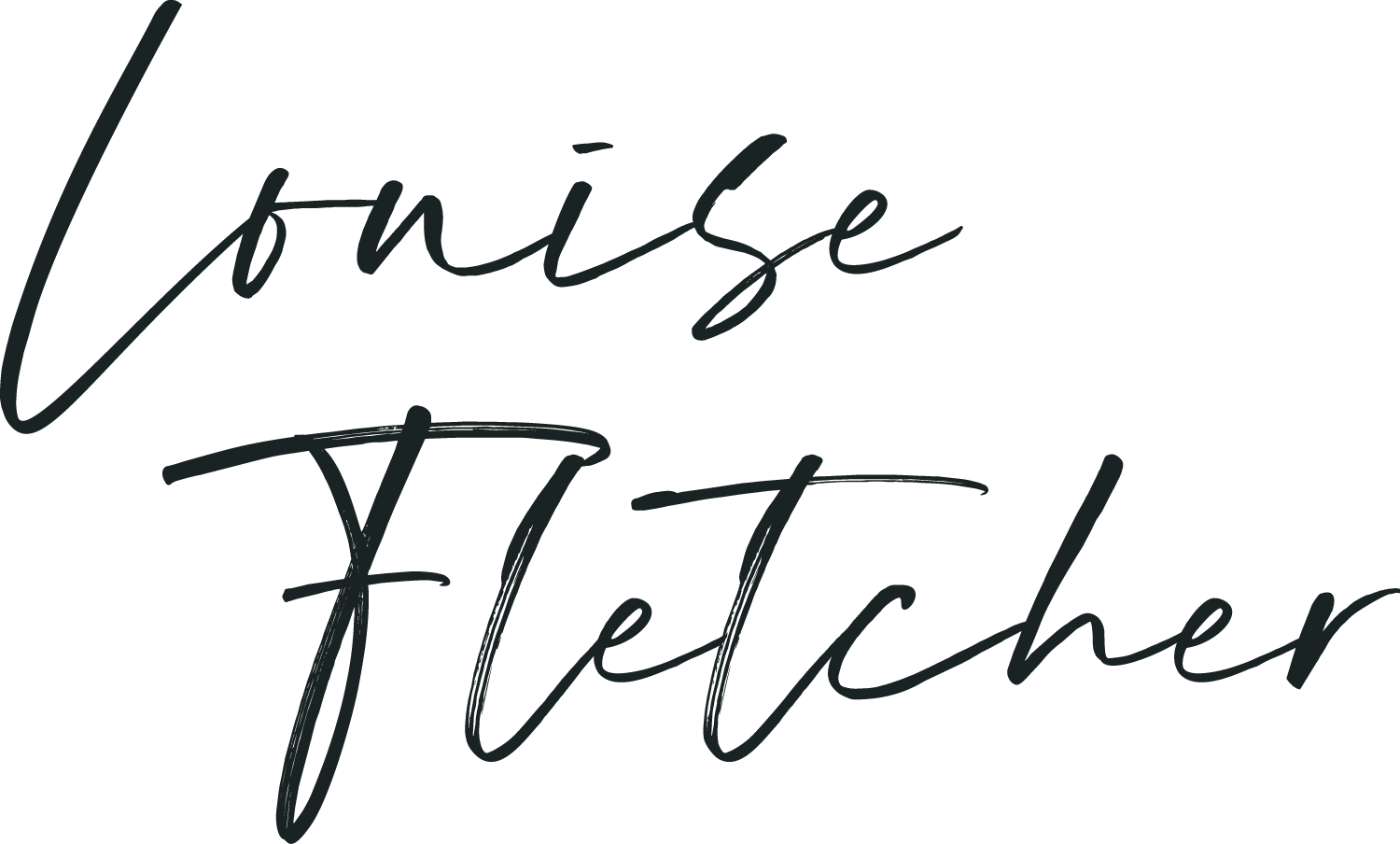Every artist's secret weapon
Recently, I shared on Instagram that my sketchbooks are my diaries. They’re chaotic, brave, and sometimes foolhardy, but above all, they’re truthful. They preserve the layers of exploration and growth that get covered over in finished works, documenting not just what I’ve done, but who I’ve been along the way.
I adore looking at other peoples' sketchbooks because I feel these are the places where we really see behind the scenes. They capture moments of curiosity, experimentation, and risk-taking in their rawest forms. They are so much more than a practical tool - they are honest reflections of our evolving creativity.
Sketchbooks as time capsules
One of the most magical aspects of a sketchbook is its ability to preserve moments in time. Unlike a painting or a finished piece, a sketchbook keeps each mark visible. It doesn’t matter if a page is polished or messy; it holds the truth of the moment.
When I flip through my sketchbooks, I see layers of my journey as an artist. I see experiments that worked and those that didn’t, ideas that blossomed into full projects and ones that never went anywhere. Each page says, “This was a step on your journey. And here is another. And another.”
This continuity is a reminder that every misstep, every half-formed idea, and every bold experiment is a crucial part of the process. In a world that often values results over progress, sketchbooks quietly celebrate the journey itself.
Sketchbooks as a safe space
Unlike finished paintings, sketchbooks give us permission to be chaotic. To throw caution to the wind. To explore without fear of judgment or the need for perfection.
This freedom is essential for growth. It’s where you can mix media you’ve never tried before, play with absurd color combinations, or draw something that feels completely out of your comfort zone. It’s where you can fail, and in that failure, find new directions you didn’t know were possible.
Sketchbooks as guides
As much as sketchbooks document where you’ve been, they also lead the way forward. They’re a repository of ideas waiting to be rediscovered. When i flick through my books, a single page from months ago can spark a new exploration or even give me an idea for a whole series.
In this way, sketchbooks teach us to trust our instincts and follow the breadcrumbs of inspiration. They remind us that creativity is not a straight line, but a winding path filled with detours and surprises.
Sketchbooks as a way into emotions
My own sketchbooks don't contain a lot of writing, but that's not true for everybody. I did ask on Instagram about how other people use their books, and quite a few people said they use them as a place to work through their thoughts, feelings, and experiences. One artist said she liked to write out her honest felings and then paint over them as a kind of catharsis. Another said that her book was filled with doodles, scribbes and notes, rather than the kind of work I do.
When used this way, sketchbooks can be about much more than developing technique or generating ideas; they can be a way to understand ourselves as artists and as people.
Might sketchbooks work for you?
I don't think sketchbooks are for everyone - I know many people prefer to simply work out their ideas on canvas, but I find them an invaluable tool.
You may be like me, but I know many of my readers have not really tried to develop a sketchbook practice. If that's you, I believe it's worth at least experimenting to see if they can help you too.
Quite apart from all the benefits i've shared, there's also the added bonus of having a shelf full of books to look at. Somehow my books feel like old friends. They hold my memories, my imperfections, my dreams, and the seeds of future potential. They’re proof that I’ve shown up for my creativity over and over again, and evidence that I'm brave enough to keep going, one page at a time.
This week, I'm sharing some of my working process in my books ... watch the video below to see a few pages develop ...


